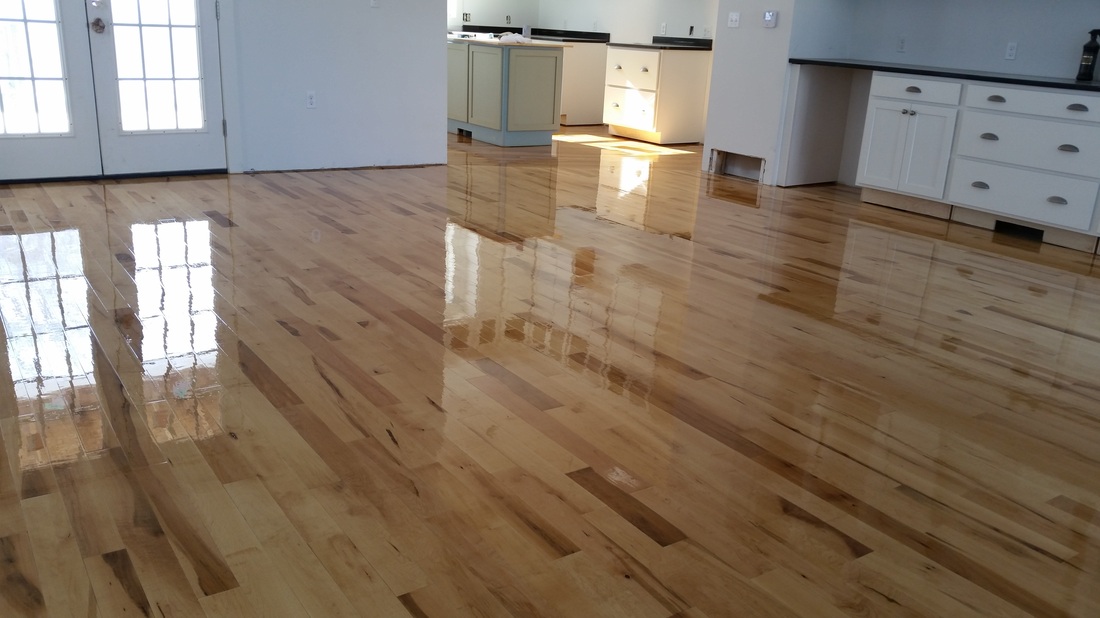Introduction:
Timber floors exude timeless elegance and natural charm, enhancing the aesthetic appeal of any space. However, maintaining optimal humidity levels is crucial to preserving the beauty and structural integrity of timber flooring. In this comprehensive guide, we'll explore techniques for ensuring ideal humidity levels in timber floors, offering practical tips and expert advice to keep your flooring looking flawless for years to come. From understanding the impact of humidity to implementing effective maintenance strategies, let's delve into the art of timber floor care.
The Importance of Humidity Control:
Humidity plays a pivotal role in the health and longevity of residential timber floors Melbourne. Excessive moisture can cause the wood to swell, leading to warping, buckling, and even mold growth. On the other hand, low humidity levels can cause the wood to shrink and crack, compromising its structural integrity and appearance. Maintaining optimal humidity levels is essential to prevent these issues and preserve the beauty of your timber flooring.

Understanding Ideal Humidity Levels:
The ideal humidity range for timber floors typically falls between 30% and 50%. In environments with high humidity, such as coastal areas or tropical climates, a dehumidifier may be necessary to maintain optimal moisture levels. Conversely, in dry climates or heated indoor spaces, a humidifier can help prevent the wood from drying out and becoming brittle.
Monitoring Humidity Levels:
Regularly monitoring humidity levels is essential for proactive timber floor maintenance. Invest in a hygrometer, a device that measures relative humidity, and place it in various areas of your home to assess moisture levels accurately. Pay close attention to areas prone to fluctuations, such as basements, bathrooms, and kitchens, as these can impact the overall humidity levels in your home.
Proper Ventilation and Air Circulation:
Promoting proper ventilation and air circulation is key to controlling humidity levels in your home. Ensure that your space is well-ventilated by opening windows and using exhaust fans in areas prone to moisture, such as bathrooms and kitchens. Ceiling fans can also help distribute air evenly throughout the room, preventing stagnant air and minimizing humidity buildup.
Sealant and Moisture Barrier Installation:
Applying a sealant or moisture barrier to your timber floors can provide an additional layer of protection against moisture damage. Sealants create a protective coating that helps prevent water penetration, while moisture barriers, such as plastic sheeting or underlayments, act as a barrier between the subfloor and the timber flooring.
Before applying a sealant or moisture barrier, ensure that the timber floor is clean, dry, and free of any debris. Follow the manufacturer's instructions carefully, and apply the product evenly using a brush or roller. Allow sufficient drying time before walking on the floor or placing furniture, ensuring that the sealant or barrier has fully cured.
Timber Floor Sanding and Refinishing:
Regular sanding and refinishing can help maintain optimal humidity levels in timber floors by removing surface imperfections and restoring the protective finish. Timber floor sanding in Melbourne is a professional service that involves using specialized equipment to sand down the surface of the floor, removing scratches, dents, and stains.
Once the sanding process is complete, the floor is ready for refinishing, which involves applying a new coat of sealant or finish to protect the wood and enhance its appearance. Timber floor sanding in Melbourne is recommended every 5-10 years, depending on the level of wear and tear, to keep your flooring looking pristine and resistant to moisture damage.
Regular Cleaning and Maintenance:
Proper cleaning and maintenance are essential for preserving the beauty and durability of timber floors. Sweep or vacuum regularly to remove dirt, dust, and debris that can trap moisture and lead to damage. Use a damp mop or microfiber cloth to clean the floor, avoiding excessive water that can seep into the wood and cause swelling.
Avoid using harsh chemicals or abrasive cleaners, as these can strip away the protective finish and leave the wood vulnerable to moisture damage. Instead, opt for pH-neutral cleaning solutions specifically designed for timber floors, and follow the manufacturer's recommendations for best results.
Addressing Moisture Issues Promptly:
If you notice signs of moisture damage, such as warping, cupping, or mold growth, it's crucial to address the issue promptly to prevent further damage. Identify the source of the moisture, whether it's a leaky pipe, a faulty appliance, or high humidity levels, and take corrective action to resolve the problem.
Consult with a professional timber floor specialist in Melbourne to assess the extent of the damage and recommend appropriate repairs or remediation measures. Timely intervention can help minimize the impact of moisture damage and preserve the integrity of your timber flooring for years to come.
Conclusion:
Maintaining optimal humidity levels is essential for protecting the beauty and longevity of timber floors. By understanding the impact of humidity, implementing effective maintenance strategies, and seeking professional timber floor sanding and refinishing services in Melbourne as needed, you can ensure that your flooring remains flawless and resilient against moisture damage. With proper care and attention, your timber floors will continue to exude timeless elegance and natural charm for generations to come.